Composting Paper: A Complete Guide To Transforming Different Types Into Garden Gold
Reduce waste and learn the secrets of composting paper at home with our guide to demystifying which types can enrich your garden – and which to avoid.

Melanie Griffiths

We’re all familiar with the idea of composting kitchen scraps, but is paper compostable? The amount of paper waste produced by households each year is astronomical – and if adding some to the compost heap can lessen its environmental impact and contribute to better soil and healthier plants in the garden, then it's worth knowing more about it. You may even wonder whether it is better to compost or recycle paper.
Finding out what can be composted is one of the most important aspects of learning how to compost at home. All piles require a mix of compost greens and browns – or rather a mix of nitrogen and carbon-rich materials – to create a loamy, nutritious soil improver. Paper belongs on the brown side of the recipe, which includes dry or woody plant material. A good mix of browns and greens in a compost pile is about 4:1 browns to greens, so paper can be a valuable contribution to bulking it up.
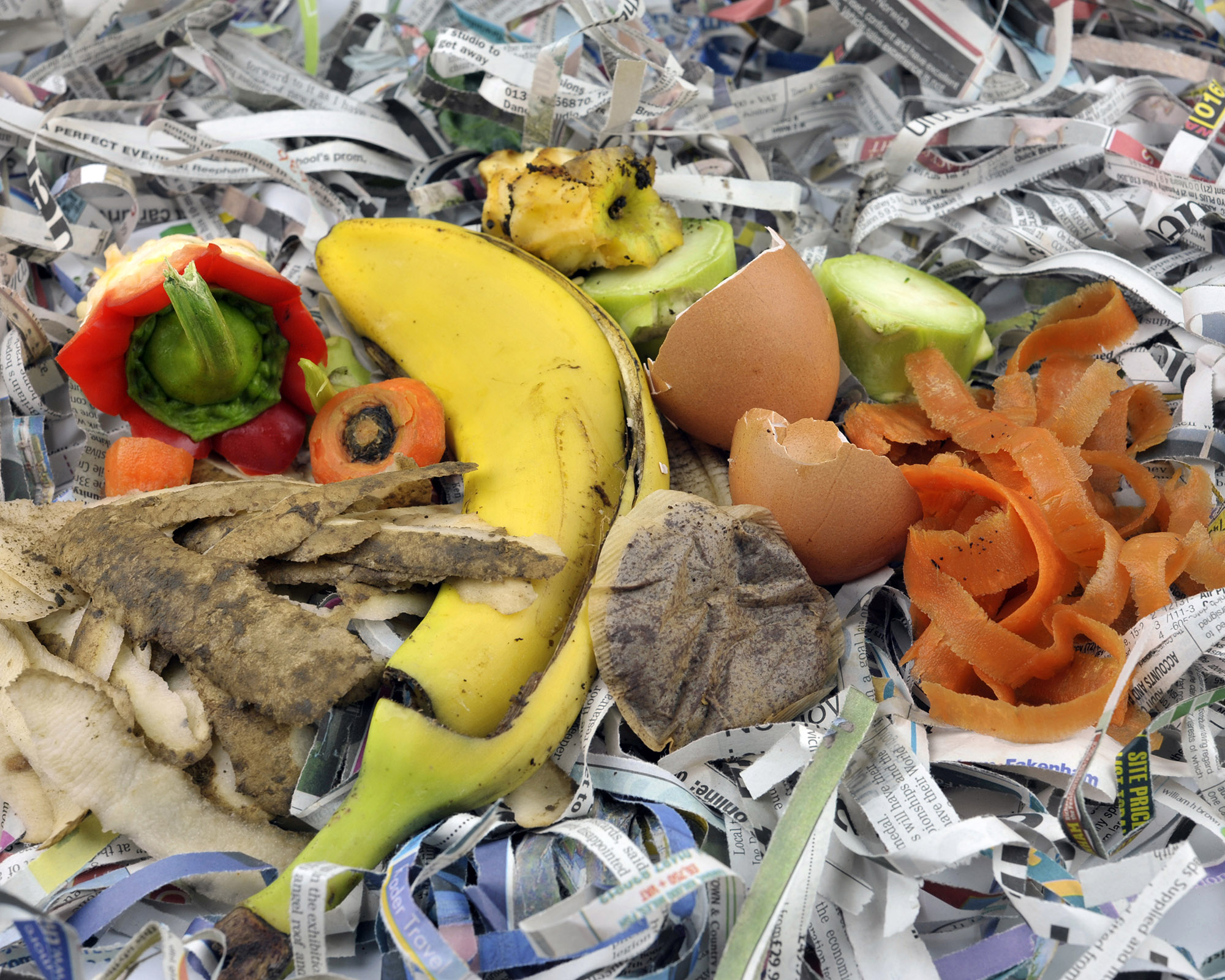
Is it Better to Compost or Recycle Paper?
Bear in mind paper can be recycled 5 to 7 times. So if the paper is clean, it might be better to recycle it rather than compost it. It can then be returned to use rather than cutting down more trees to produce more paper.
However, not all paper types can be recycled, and so are better composted than trashed. Where paper is recyclable, use it to top up the compost pile only where you have insufficient other brown materials, rather than relying on it completely.
Which Types of Paper Can Be Composted?
Keep in mind that there are many types of paper waste – from tissues to glossy magazine pages – and not all paper is created equal when it comes to composting.
Generally, you can compost most types of paper in your home composting pile. However, you need to be careful about composting paper with waxy components or other additives, including plastic and glitter, that aren’t suited to a compost pile. If in doubt, check the paper composition on the packaging.
Additionally, if you use your city's compost program, consult with your municipality to determine their exact rules and regulations.
Sign up for the Gardening Know How newsletter today and receive a free copy of our e-book "How to Grow Delicious Tomatoes".
Confused? See our list of paper products below to check which common paper product types are safe to compost.
- Coffee Filters
- Egg Cartons
- Napkins
- Newspaper
- Paper Bags
- Paper Cups
- Paper Plates
- Paper Towels
- Paper with Ink
- Parchment Paper
- Shredded Paper
- Tissue Paper
- Toilet Paper
- Wax Paper
- Wrapping Paper
Coffee Filters
Whether or not you can compost coffee filters depends on what they are made of. Some contain synthetic materials (plastic or nylon).
Generally, coffee filters can be composted, but if possible use unbleached coffee filters to be certain.
You don't even have to clean them out, as using coffee grounds in the garden is a great way to add nitrogen to the soil and give the compost pile a boost.
Egg Cartons
Again, whether or not you can compost egg cartons depends on their composition. Some cartons are made from styrofoam while others are made from paper. Paper egg cartons can be used in the compost pile.
To get them to break down faster, remove any stickers on them and rip them up into smaller pieces.
However, before adding egg cartons to the compost heap, see if you can get a second life out of them. Starting seeds in egg cartons is a great way to repurpose them.
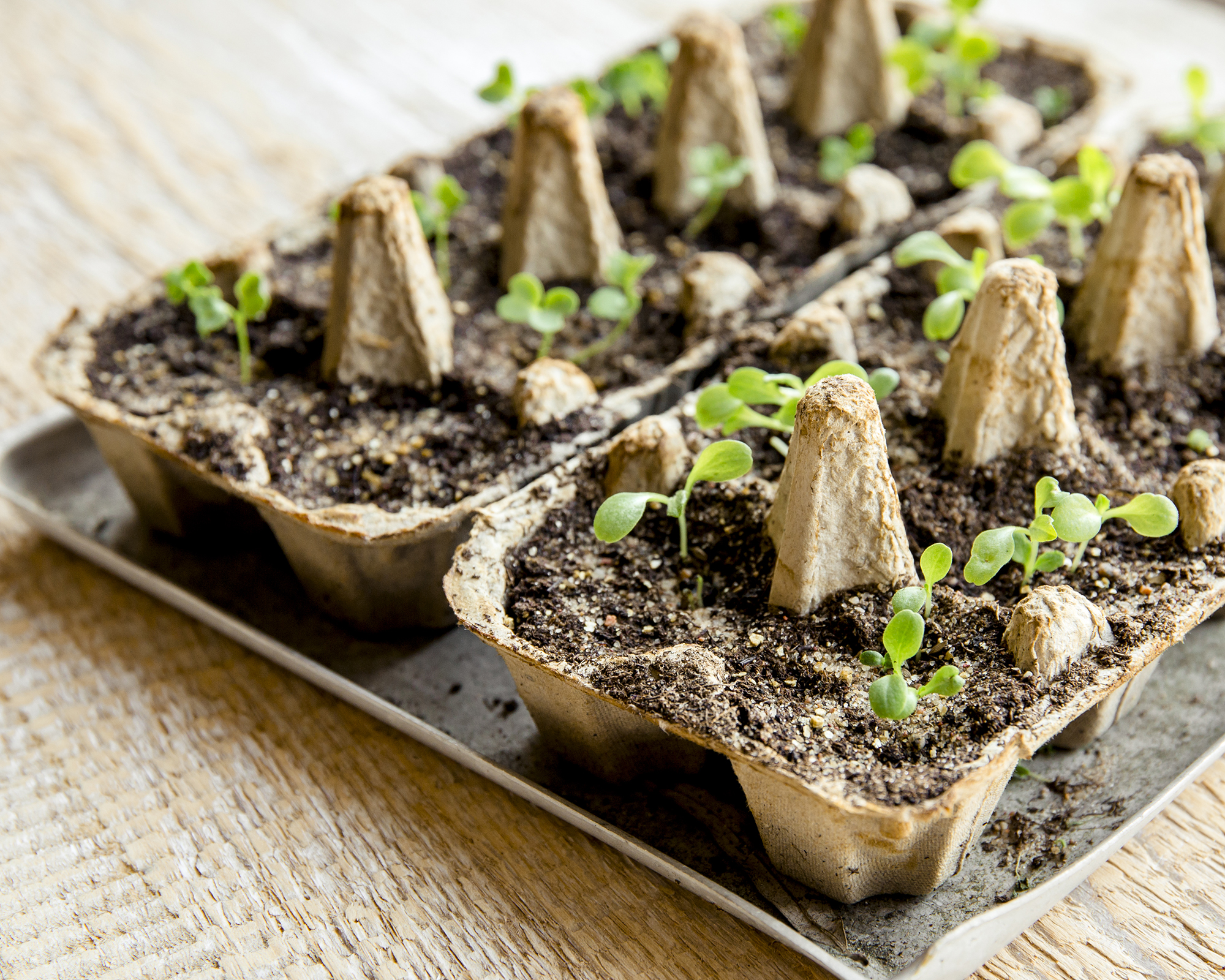
Napkins
Most paper napkins are compostable even if they are wet or have food residue on them. Their short paper fibers mean they will break down quickly on the compost heap – and also mean they should not be put in recycling.
However, avoid composting napkins that have glitter or plastic fibers in the mix. If unsure, check the packaging for the composition and avoid buying this type of napkin in future.
Newspaper
Composting newspaper is usually fine. However, due to its high lignin content newsprint does tend to break down slowly, so rip it into strips to aid in decomposition prior to tossing it in the compost pile. Never add it in bundles.
Many gardeners are concerned about the inks used for newspapers, but modern newsprint inks are non-toxic and will not have a negative effect on the compost.
Paper Bags
It is safe to compost paper bags as long as they are clean or only stained with food and drink waste. If the bag is large, tear it into smaller pieces before adding to the pile.
If the bag is printed with a design, it is still usually okay to compost since most of the time the ink is soy-based.
Paper Cups
Only compostable paper cups can be composted – but not usually at home. They need to be processed at industrial composting facilities. Even biodegradable paper cups are not usually suitable for home composting
Regular paper cups cannot be composted at all as they are coated with a plastic lining that stops liquids from seeping through. When these break down in the compost pile, they will impart microplastics.
Stick to reusable cups wherever possible.
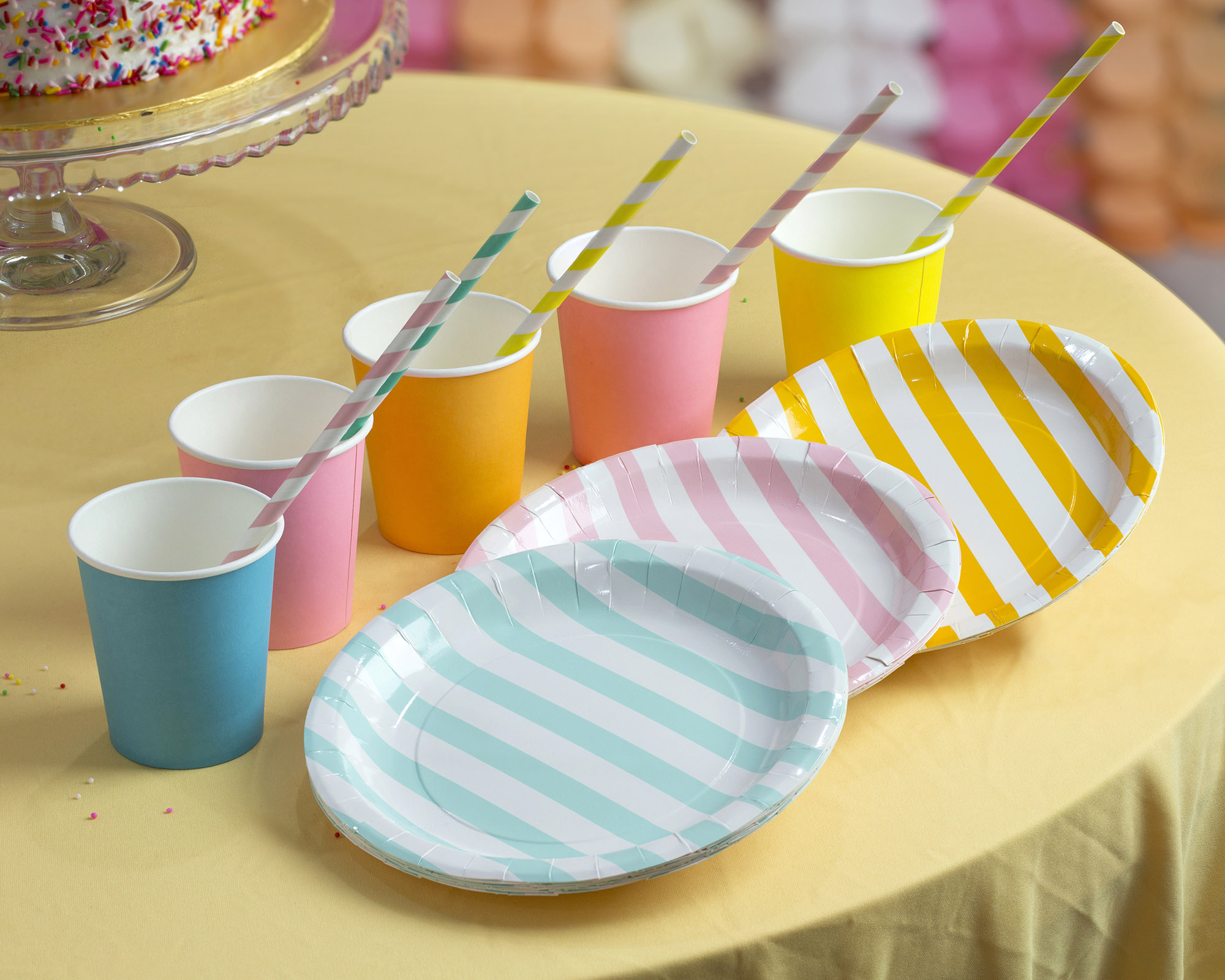
Paper Plates
You can compost paper plates, even if they have food residue, if they are solely made from paper. If however, they are waxed or made of plastic, they cannot be composted.
Read the packaging to check, and in the future only buy compostable paper plates.
Paper Towels
Whether paper towels can go in a compost pile depends on whether they are unbleached and free from chemicals, so check the packaging. If they are used for cleaning up food or food-related oils, they can also be composted.
Adding paper towels to the compost heap is a great way to dispose of them as they cannot be recycled.
Paper with Ink
In general, it is safe to compost paper with ink, but it really depends on what type of paper and what type of ink is used. Some ink on paper is compostable; those with non-toxic or vegetable or soy-based inks are fine to compost.
But also remember, you need to consider the paper itself. Is it eligible for the compost pile or is it made with synthetics or chemicals? Check before composting.
Parchment Paper
Can you compost parchment paper? Parchment paper can be composted if it is not coated with wax or silicone. That is, it must be untreated parchment paper. Often, parchment is coated, so be sure to check.
Shredded Paper
Most shredded paper can be composted, provided it doesn’t contain any synthetic or chemical components.
Before adding documents to the shredder, it's worth separating out any non-compostable paper types, or plastics such as old credit cards.
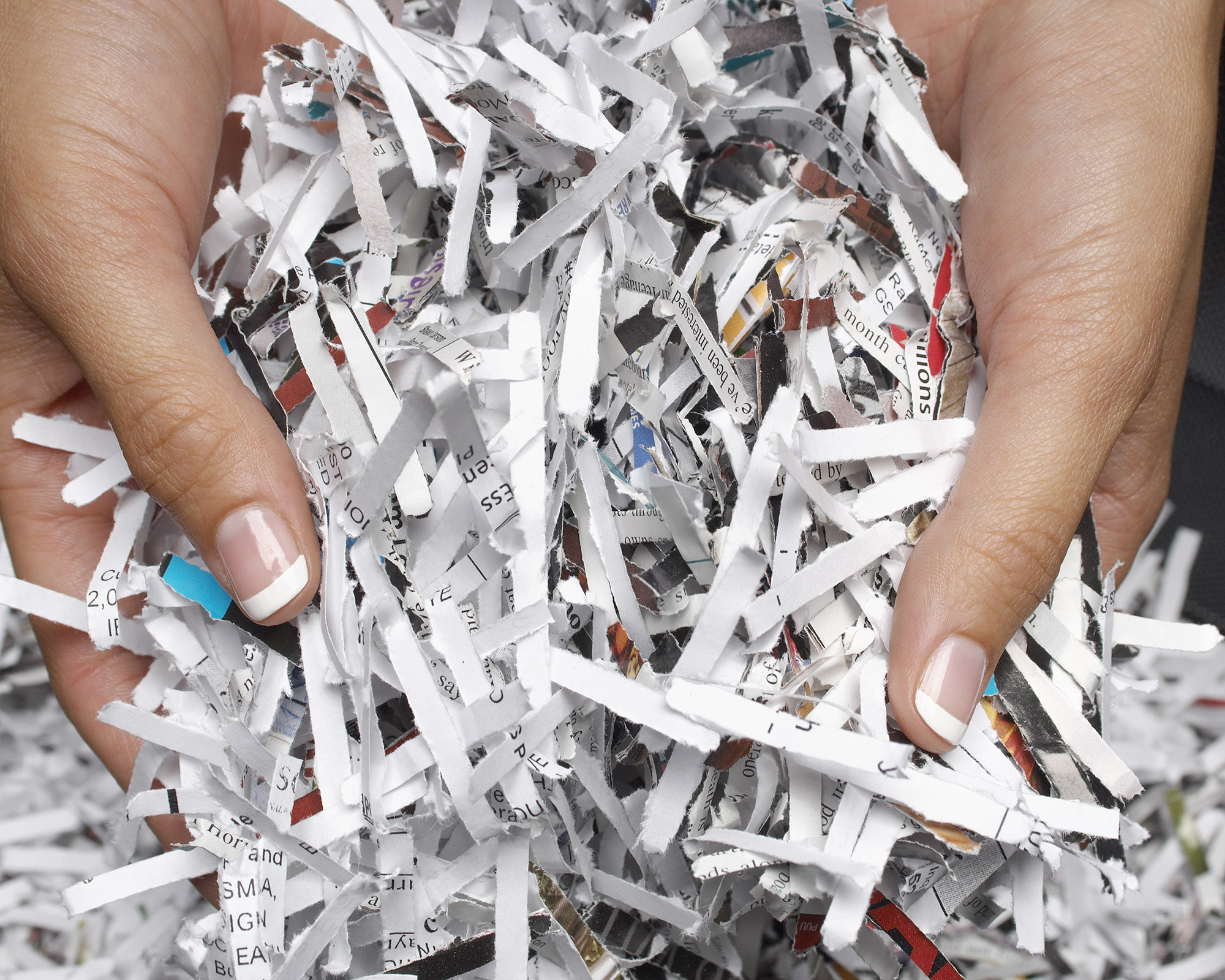
Tissue Paper
Tissue paper is compostable as long as it doesn’t have a glittery or shiny look to it. Check before buying these for arts and crafts projects.
Toilet Paper
This depends on the toilet paper and how it was used. Compostable toilet paper does exist – and is necessary if you are interested in installing a composting toilet – but soiled toilet paper really shouldn’t be used in the home compost pile. Go ahead and flush it down.
Wax Paper
Sorry, wax paper can not be composted. It contains petroleum products that will not break down during the compost process.
Wrapping Paper
Whether wrapping paper can go in the compost pile depends on what the paper is made of. Compostable wrapping paper exists and should be labeled as such but some types of gift wrap may be made of foil or have embellishments that are not compostable.
The paper may also be glossy or colored using products that aren’t recommended for the compost pile. Ideally, buy unrefined wrapping paper printed with natural dyes.
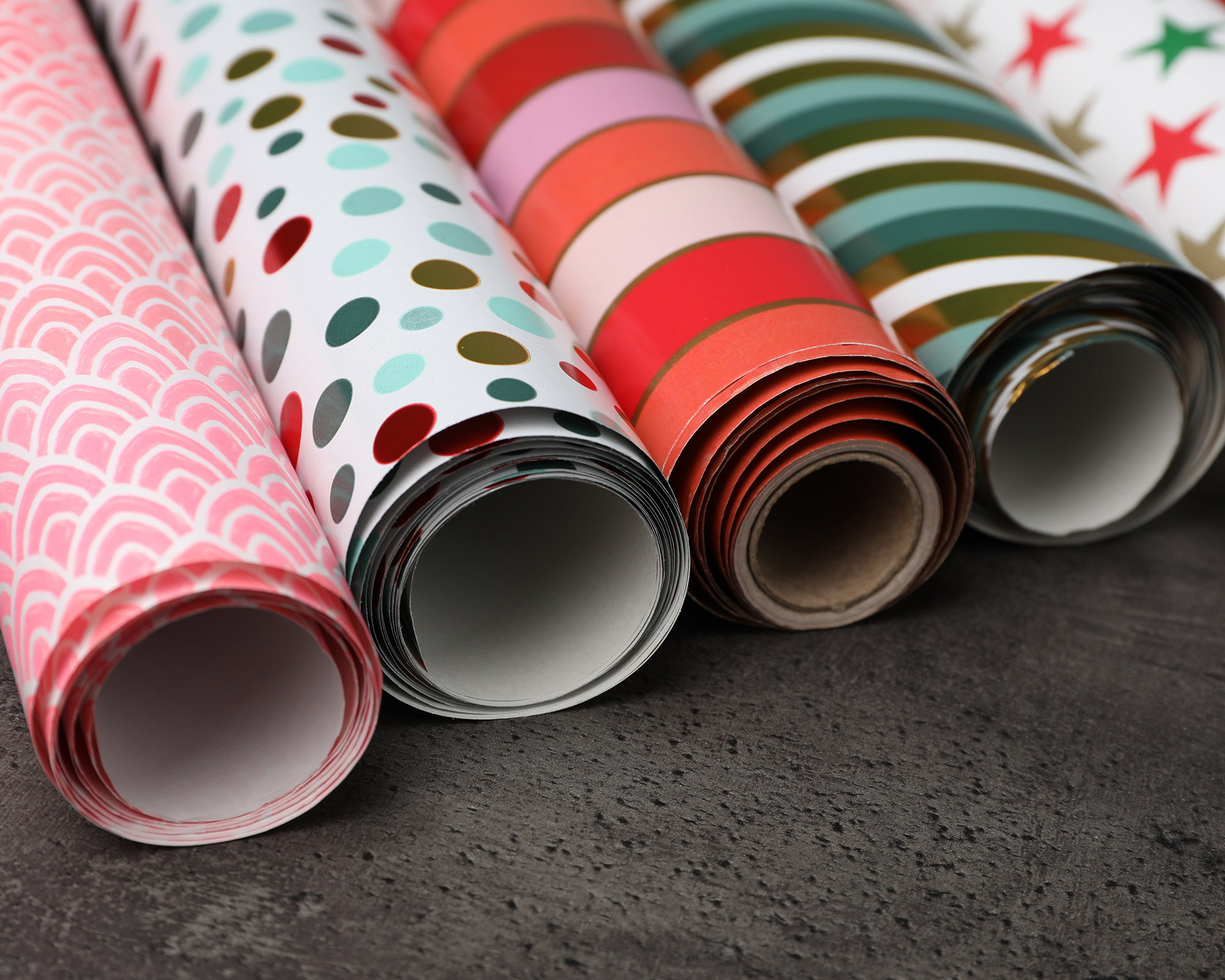
How to Compost Paper
Most of the time you don’t need to do anything to paper to compost it. Sometimes you need to remove labels or other materials that are non-compostable from the paper first.
Just like when composting cardboard, large or heavy paper should be shredded or ripped into smaller pieces.
Keep your compost pile moist and be sure to add “green” materials like food scraps and grass clippings to the pile. Turning compost regularly will help to aerate it.
How Much Paper Should I Add to the Compost Bin?
You want to have about a 4-inch-thick (10cm) layer of paper with a “green” layer above and below it to facilitate composting.
How Long Does Paper Take to Compost?
The length of time it takes paper to compost depends on the type of paper, its thickness, and environmental conditions like the amount of moisture and oxygen.
Papers with low lignin content and higher cellulose content (envelopes, computer paper, and writing paper) tend to compost more quickly.
That said, generally, paper products take from a few months to over a year to break down.
More Composting Inspiration
- Find out whether an electric composter is right for you, with our guide to countertop food recyclers.
- Discover 5 winter composting shortcuts that will fill garden beds and pots in time for spring.

Amy Grant has been gardening for 30 years and writing for 15. A professional chef and caterer, Amy's area of expertise is culinary gardening.
- Melanie GriffithsEditor in Chief